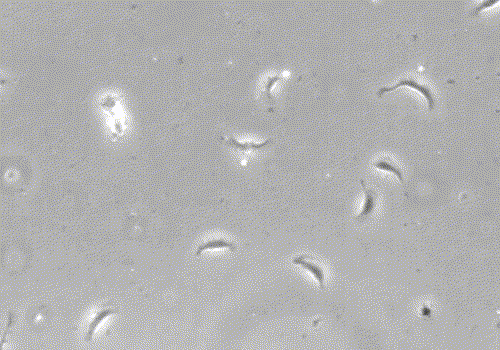論文がアクセプトされました(岩楯先生)
Hybrid Mechanosensing System to Generate the Polarity Needed for Migration
in Fish Keratocytes
C. Okimura, Y. Iwadate
Cell Adhes. Migra., 2016, 10, 406-418.
DOI : 10.1080/19336918.2016.1170268
Abstract: Crawling cells can generate polarity for migration in response to forces
applied from the substratum. Such reaction varies according to cell type:
there are both fast- and slow-crawling cells. In response to periodic stretching
of the elastic substratum, the intracellular stress fibers in slow-crawling
cells, such as fibroblasts, rearrange themselves perpendicular to the direction
of stretching, with the result that the shape of the cells extends in that
direction; whereas fast-crawling cells, such as neutrophil-like differentiated
HL-60 cells and Dictyostelium cells, which have no stress fibers, migrate
perpendicular to the stretching direction. Fish epidermal keratocytes are
another type of fast-crawling cell. However, they have stress fibers in
the cell body, which gives them a typical slow-crawling cell structure.
In response to periodic stretching of the elastic substratum, intact keratocytes
rearrange their stress fibers perpendicular to the direction of stretching
in the same way as fibroblasts and migrate parallel to the stretching direction,
while blebbistatin-treated stress fiber-less keratocytes migrate perpendicular
to the stretching direction, in the same way as seen in HL-60 cells and
Dictyostelium cells. Our results indicate that keratocytes have a hybrid
mechanosensing system that comprises elements of both fast- and slow-crawling
cells, to generate the polarity needed for migration.
